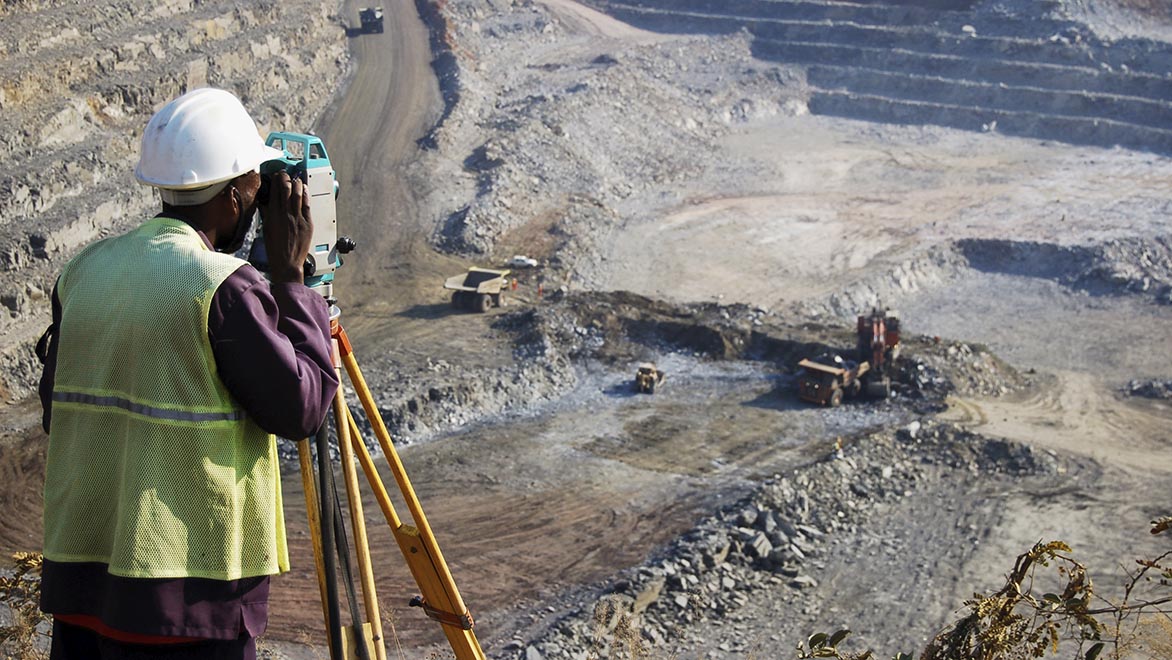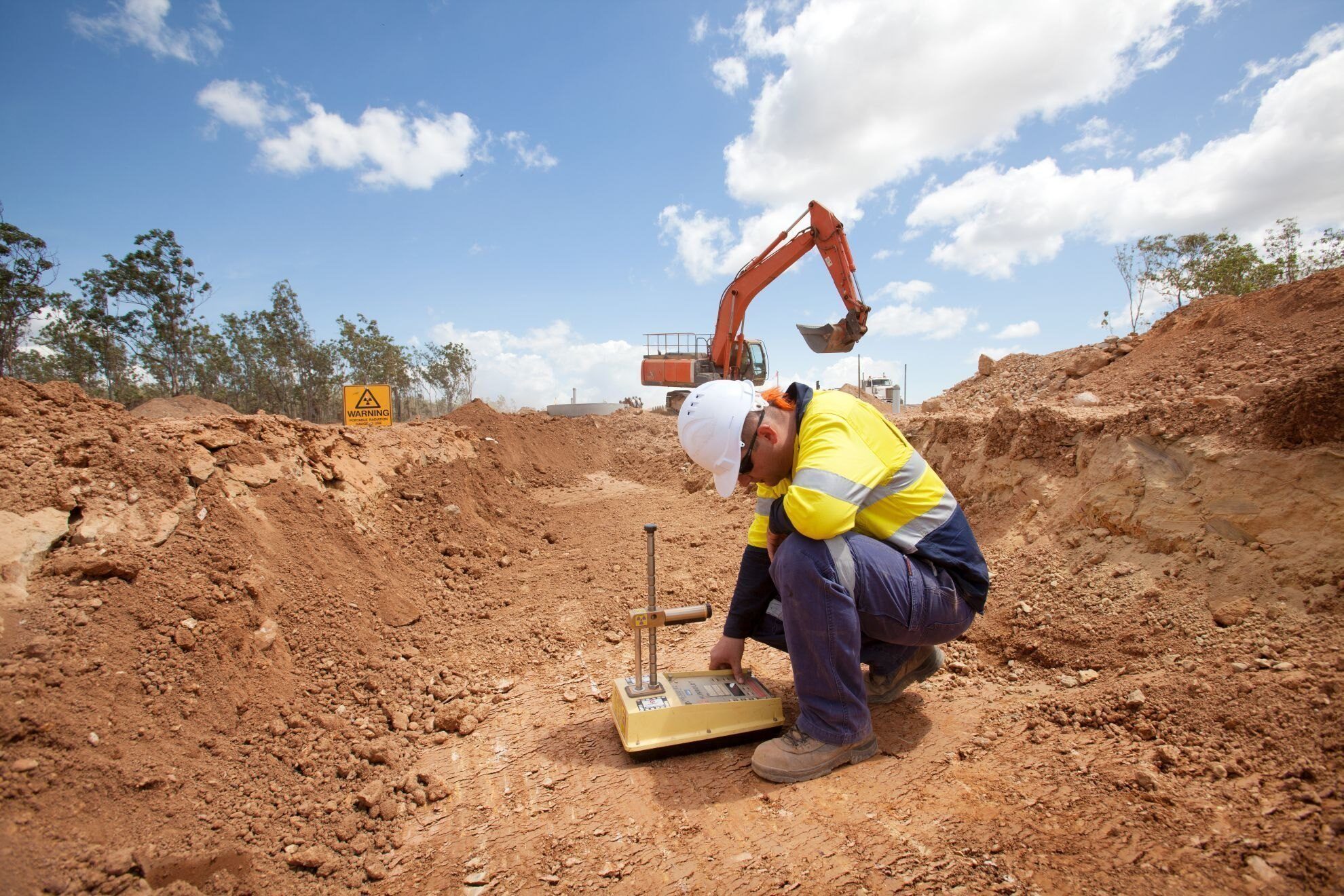More About Geotechnical Engineering For Construction Projects
More About Geotechnical Engineering For Construction Projects
Blog Article
All About Geotechnical Engineering For Construction Projects
Table of ContentsTop Guidelines Of Geotechnical Engineering For Construction ProjectsGetting The Geotechnical Engineering For Construction Projects To WorkNot known Facts About Geotechnical Engineering For Construction ProjectsThe Facts About Geotechnical Engineering For Construction Projects RevealedGeotechnical Engineering For Construction Projects Fundamentals Explained
Consequently, during the examination, it is very important to drill at the needed depth and the needed variety of openings based on the referral of the Canadian Foundation Design standard. Sometimes, the proprietor may save some Geotechnical Examination price but finish up investing greater than the anticipated throughout the building and construction cost.The duties of the geotechnical professional entail offering material testing for construction assistance. Geotechnical Engineering for Construction Projects. Geotechnical engineers analyse all the area examination reports to make sure that construction is going on according to the task specification. Throughout building, a confirmatory test for dirt compaction is done on-site to guarantee that no future negotiation occurs
After the concrete is put -7 days and 28 days- tests are carried out on concrete samples gathered from the website to guarantee that the concrete put meets the style requirement. Asphalt core is taken after the Asphalt is laid and compacted to verify that it satisfies the style standard. All research laboratory test records are evaluated by the Geotechnical Designer to make sure that it satisfies the project specification.
Our Geotechnical Engineering For Construction Projects Statements

Geotechnical design plays a vital function in ensuring the stability of construction tasks. Geotechnical engineering is a vital branch of civil engineering that concentrates on comprehending the behaviour of planet materials, such as soil and rock.

For a trusted foundation and a smooth construction procedure, depend supply the expertise you need. Call to get professional guidance and geotechnical solutions tailored to your next job.
The 4-Minute Rule for Geotechnical Engineering For Construction Projects
When getting started on a land development project, understanding the ground below your feet is as critical as the frameworks you intend to build over it. Our Geotechnical Engineering team evaluate the ground, ensuring it is appropriate for the suggested development while giving you with the information required to satisfy your job objectives.
Geotechnical Design takes a look at the formation of the ground, as it is the structure blocks for all tasks. Where structures need to be made with regard to the ground problems; ground problems (e.g., soft ground) might need enhancing depending on the size of the desired framework. Prior to building, you need to learn about the groundwater, soil structure, and liquefaction chance of your land.
For sites that are not linked on the regional authority infrastructure added website examinations would be needed to supply technological inputs for on-site stormwater and wastewater. We have actually experienced Geotechnical Designers based in each workplace, sustaining your geotechnical needs nationwide. Reach out to us to review how we can support your following project.
These reports are customized to satisfy the details requirements of a job and include layout parameters and advice for the building of a variety of manufactured structures. As this contact form well as offering working as a consultant services covering locations such as slope security and load-bearing abilities for different materials, these engineers embark on r & d activities to enhance approaches, equipment, products knowledge and analysis covering entire lifecycles.
Geotechnical Engineering For Construction Projects - An Overview

Rates of pay typically raise as your knowledge and abilities expand, with guidelines aiming to a graduate beginning salary of in between 18,000 and 28,000 per year in the UK. This increases to 26,000 to 36,000 with a few years of experience and after that reaching 40,000 to 60,000+ for elderly, chartered or master engineers.
Nonetheless, with the best application it is feasible to grasp the career and gain entrance to a tough yet rewarding and vital career. A rock hound would need to retrain to come to be a geotechnical designer, although there is lots of cross-over between both occupations, which could make this less complicated - Geotechnical Engineering for Construction Projects. Geologists need to have an understanding of soils, rocks and other materials from a scientific viewpoint, while geotechnical designers tale their expertise of issues such as soil and rock technician, geophysics and Visit Website hydrology and apply them to design and ecological projects
When beginning, these designers will often tend to service much less complicated jobs, accumulating understanding and experience all set for more challenging job later. Geotechnical designers often tend to be experts in details locations as they grow in experience, concentrating on particular infrastructures such as trains, roads or water. These engineers also collaborate with renewable resource, offshore and onshore oil and gas, nuclear power, and more.
Geotechnical Engineering For Construction Projects Can Be Fun For Anyone
The time taken to end up being a geotechnical designer depends on where you are based, where you research study and what degree of education you want to acquire before entering the workplace. Generally-speaking it takes 3-4 years to get to the basic demands to start a career as a geotechnical designer.
These operations allow specialists to examine a host of soil auto mechanics including weight, porosity, void-to-solid particle ratio, leaks in the structure, compressibility, maximum shear strength, bearing capability and deformations. If the framework calls for a deep foundation, engineers will utilize a cone infiltration examination to estimate the quantity of skin and end bearing resistance in the subsurface.
When assessing a slope's balance of shear tension and shear strength, or its ability to endure and undergo activity, rotational slides and translational slides are commonly considered. Rotational slides stop working along a curved surface, with translational slides occurring on a planar surface. A professional's objective is to figure out the conditions at which an incline failure could occur.
Often, findings suggest that a website's dirt ought to be treated to improve its shear toughness, tightness and permeability prior to style and building and construction. When it comes time to lay out structure plans, experts are progressively concentrated on sustainability, even more particularly just how to minimize a structure's carbon footprint. One technique has actually been to replace 20 percent of a foundation's concrete with fly ash, a waste product from coal fire nuclear power plant.
Report this page